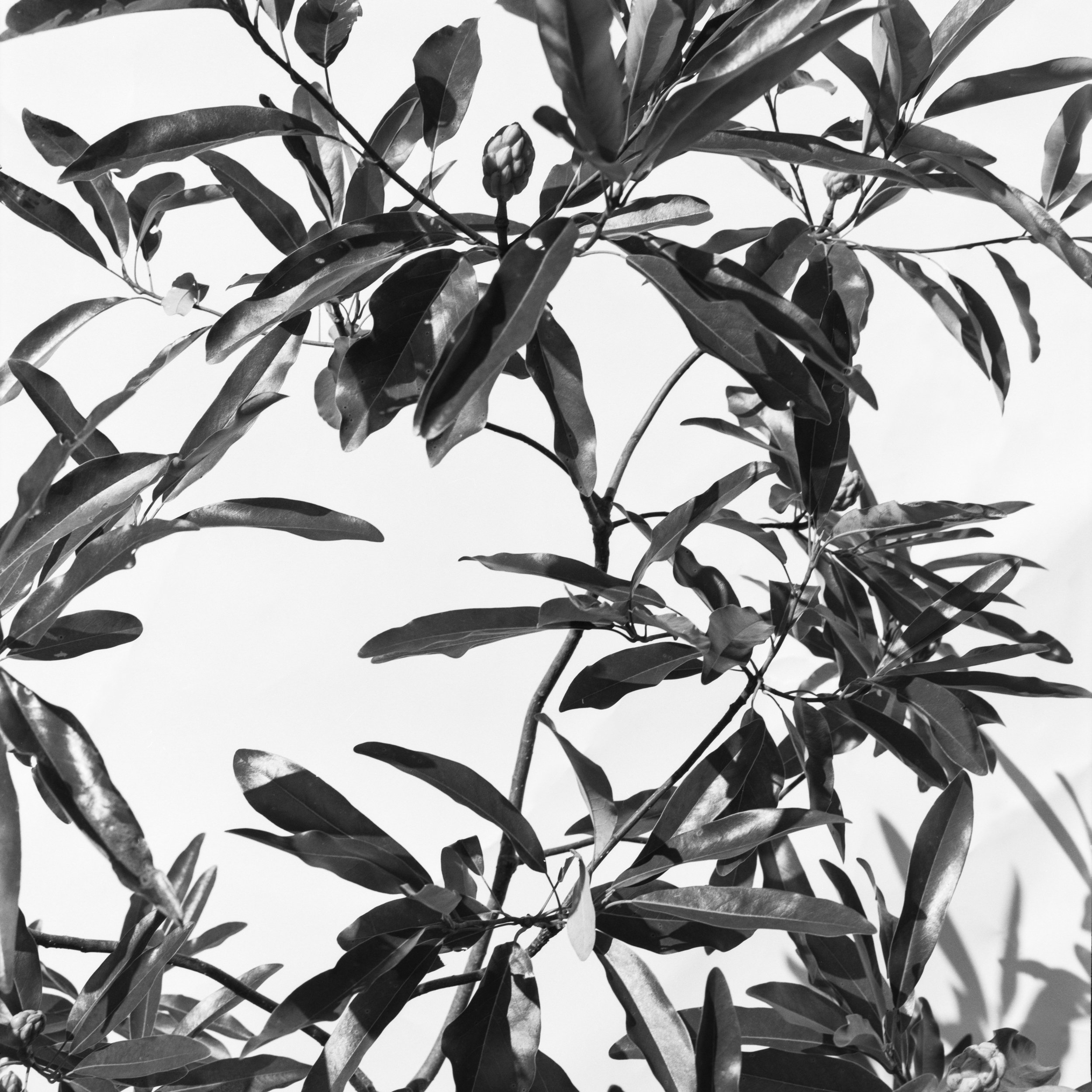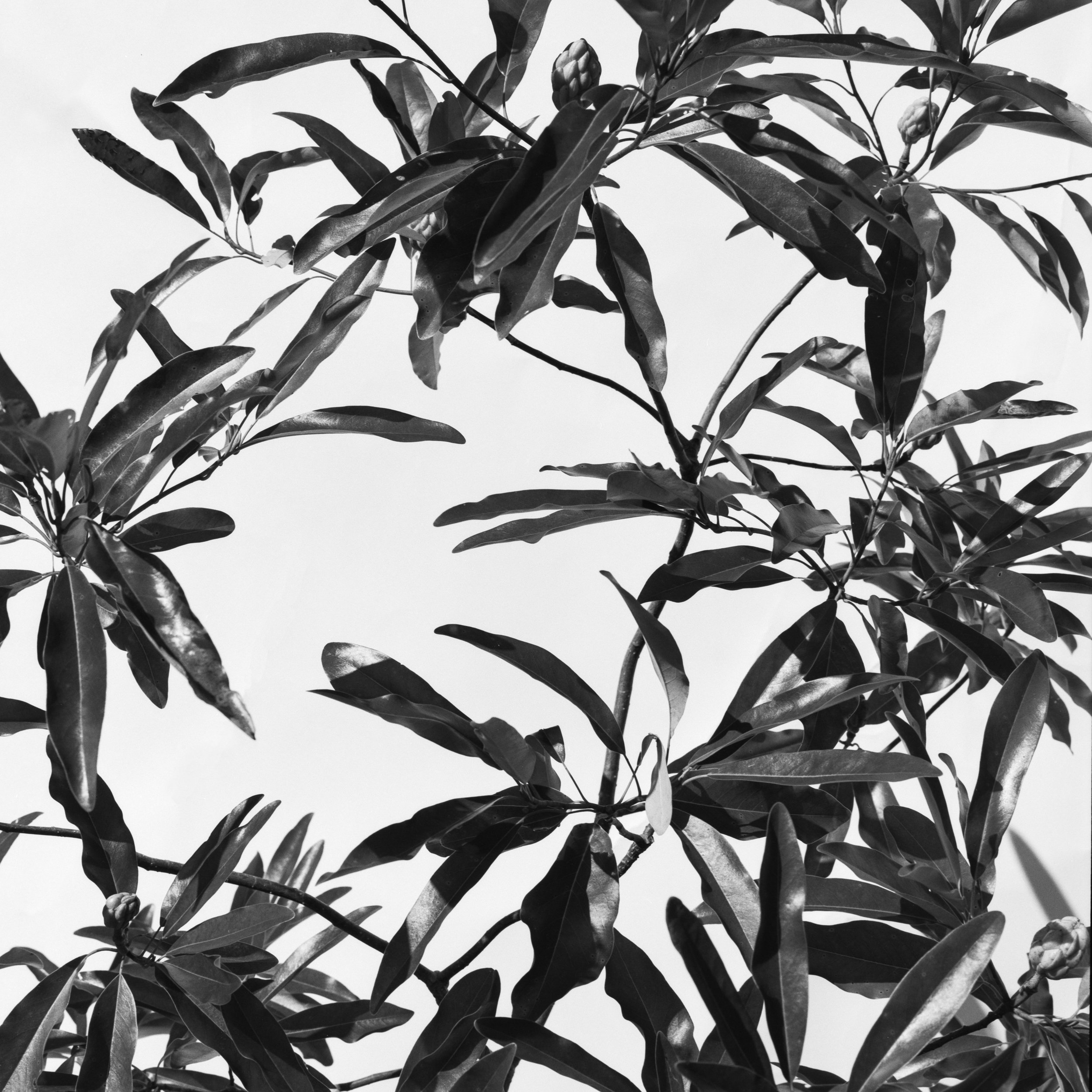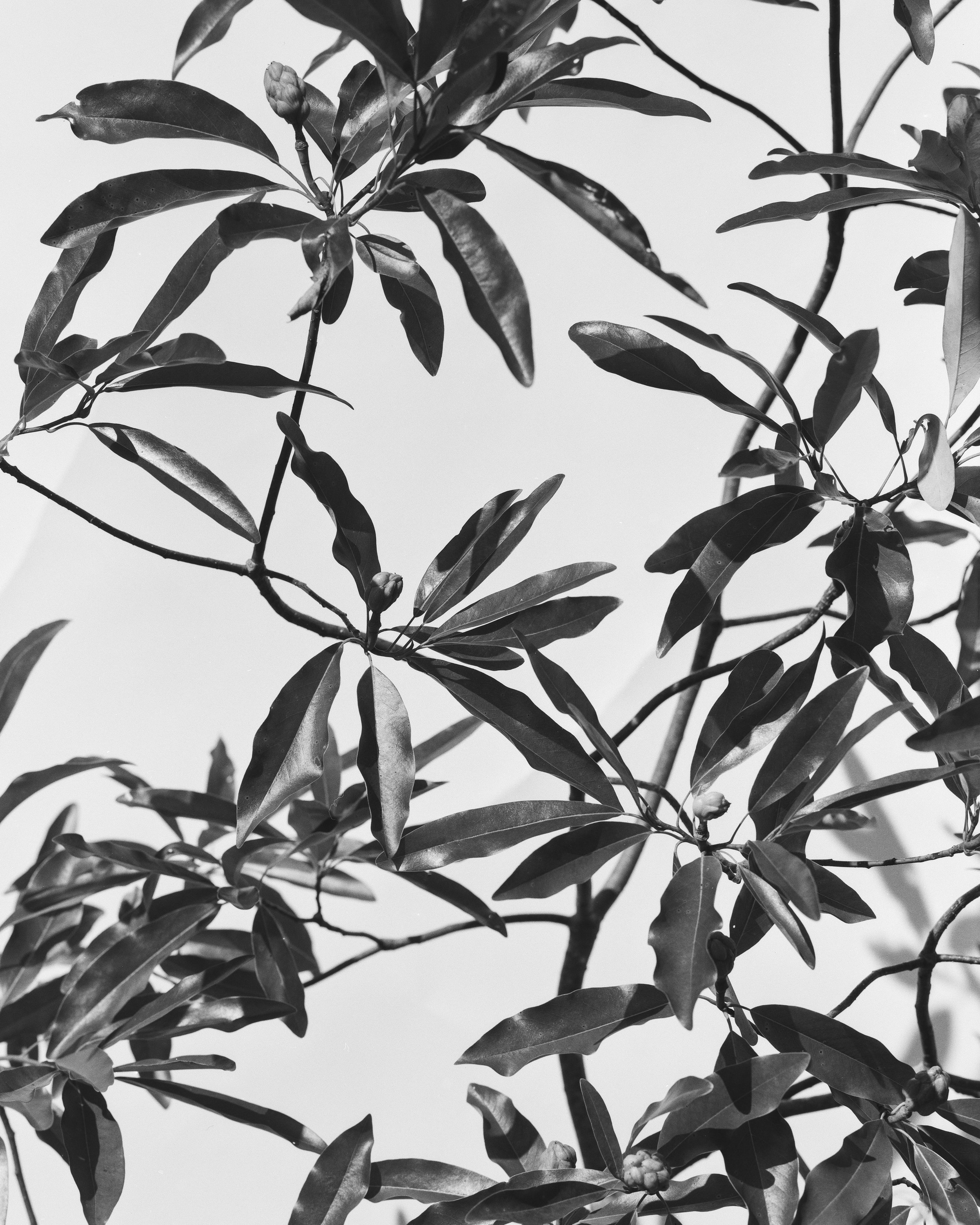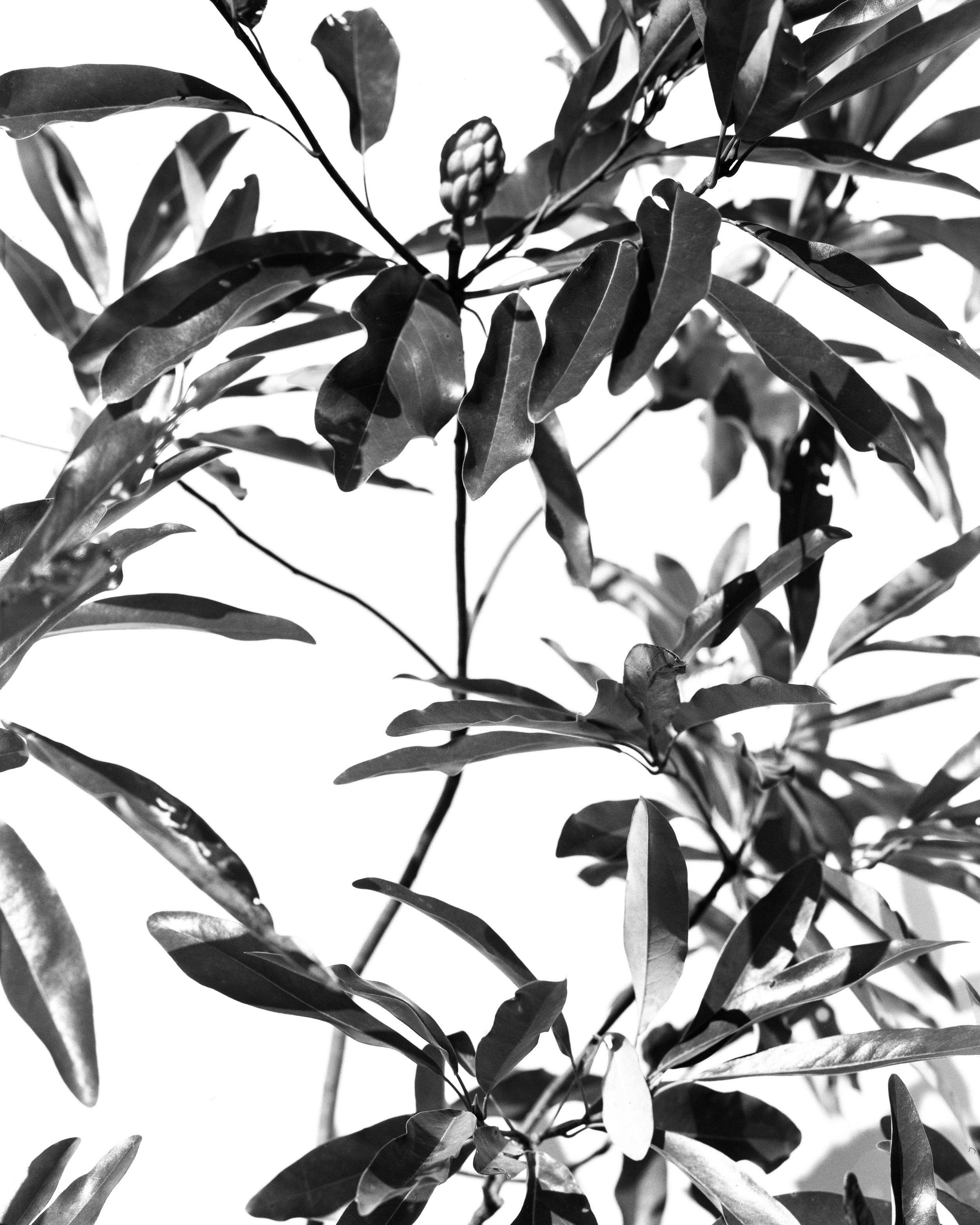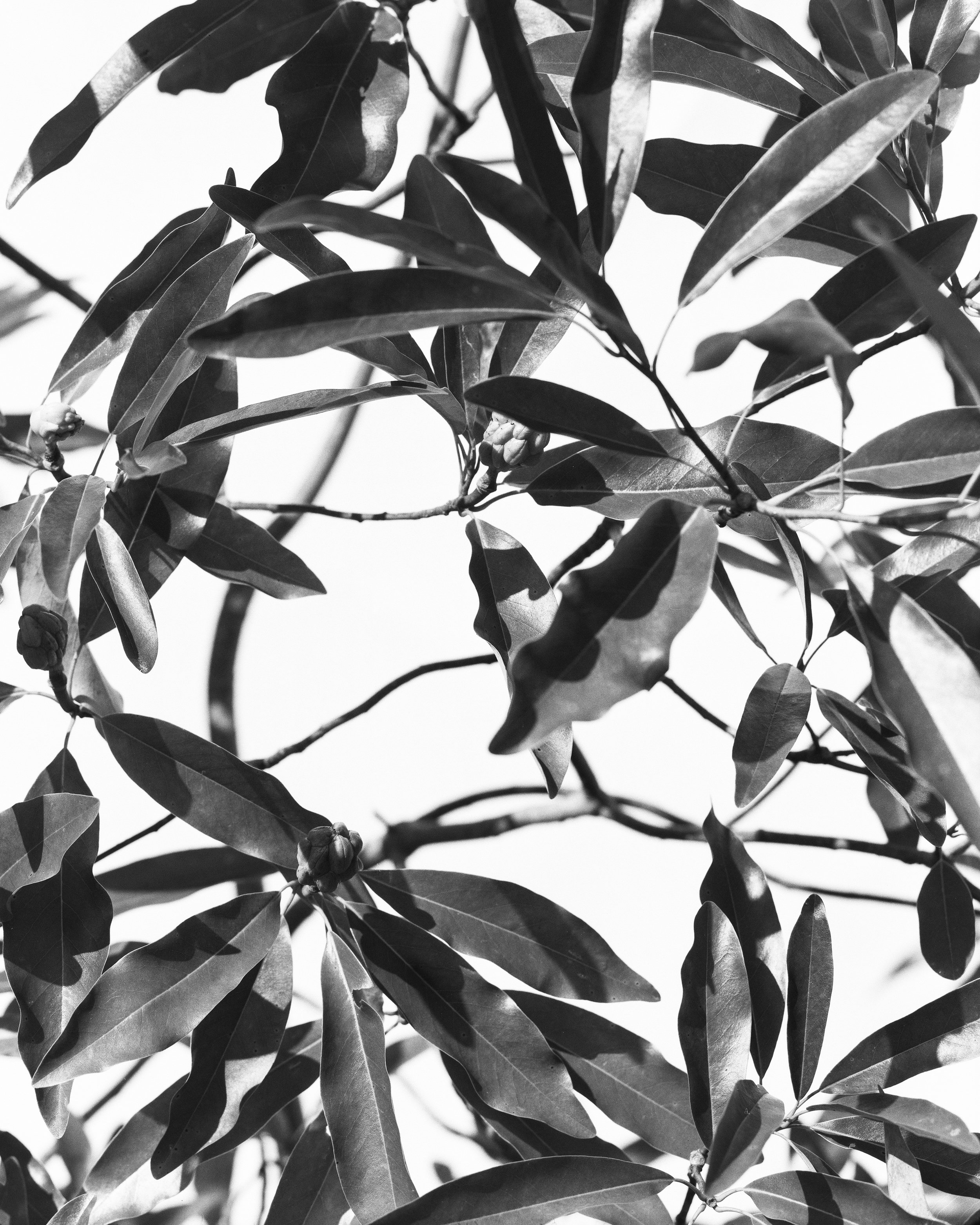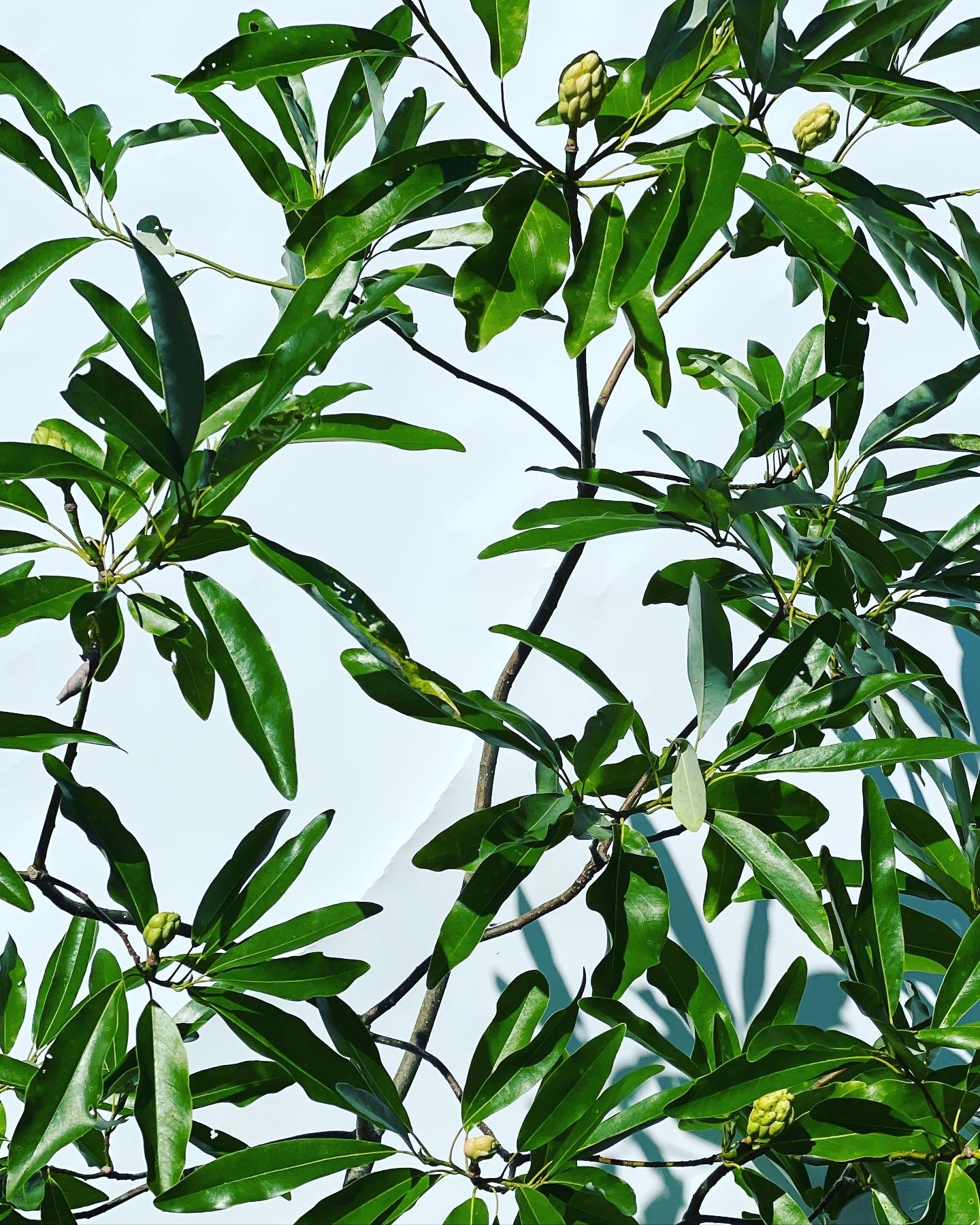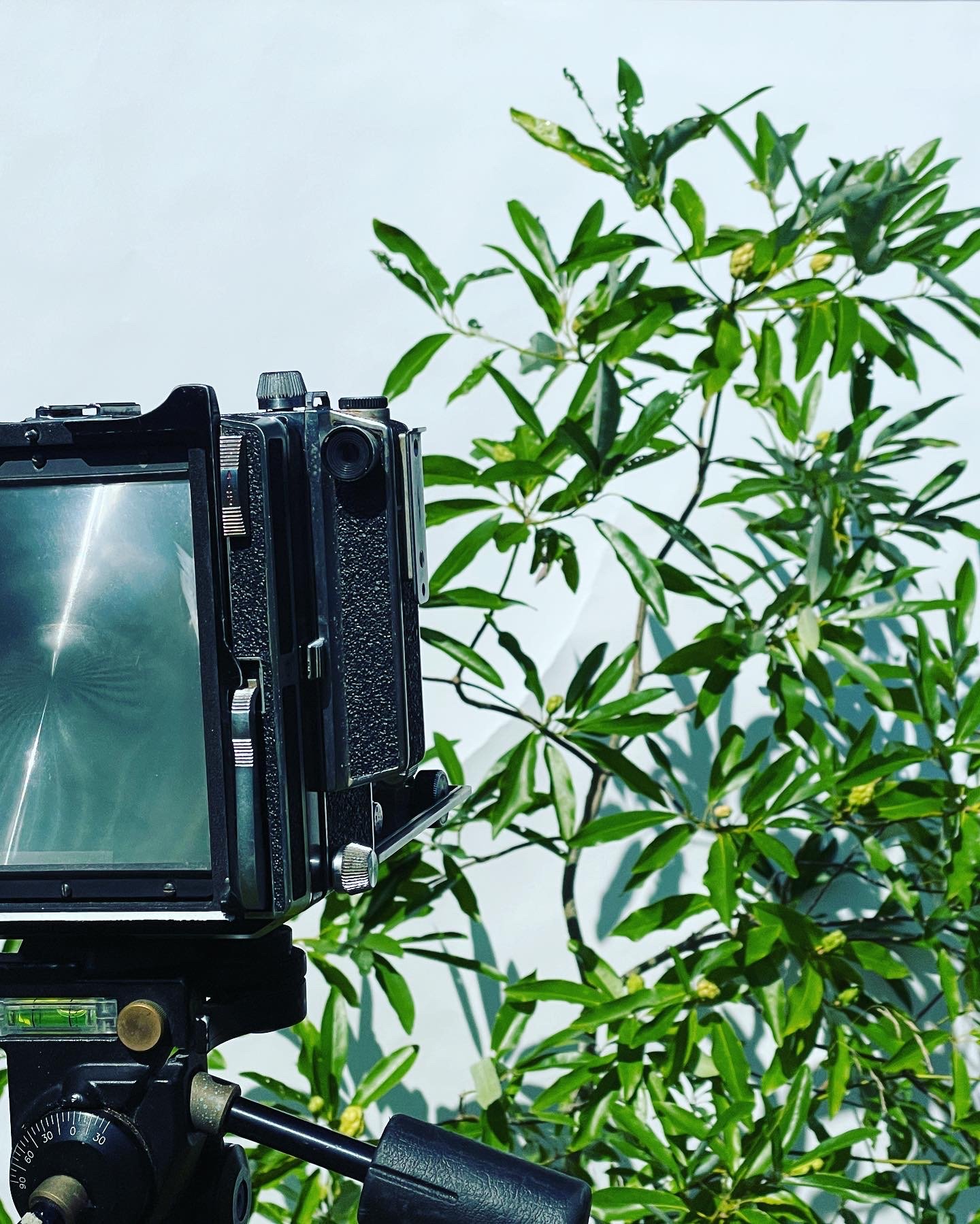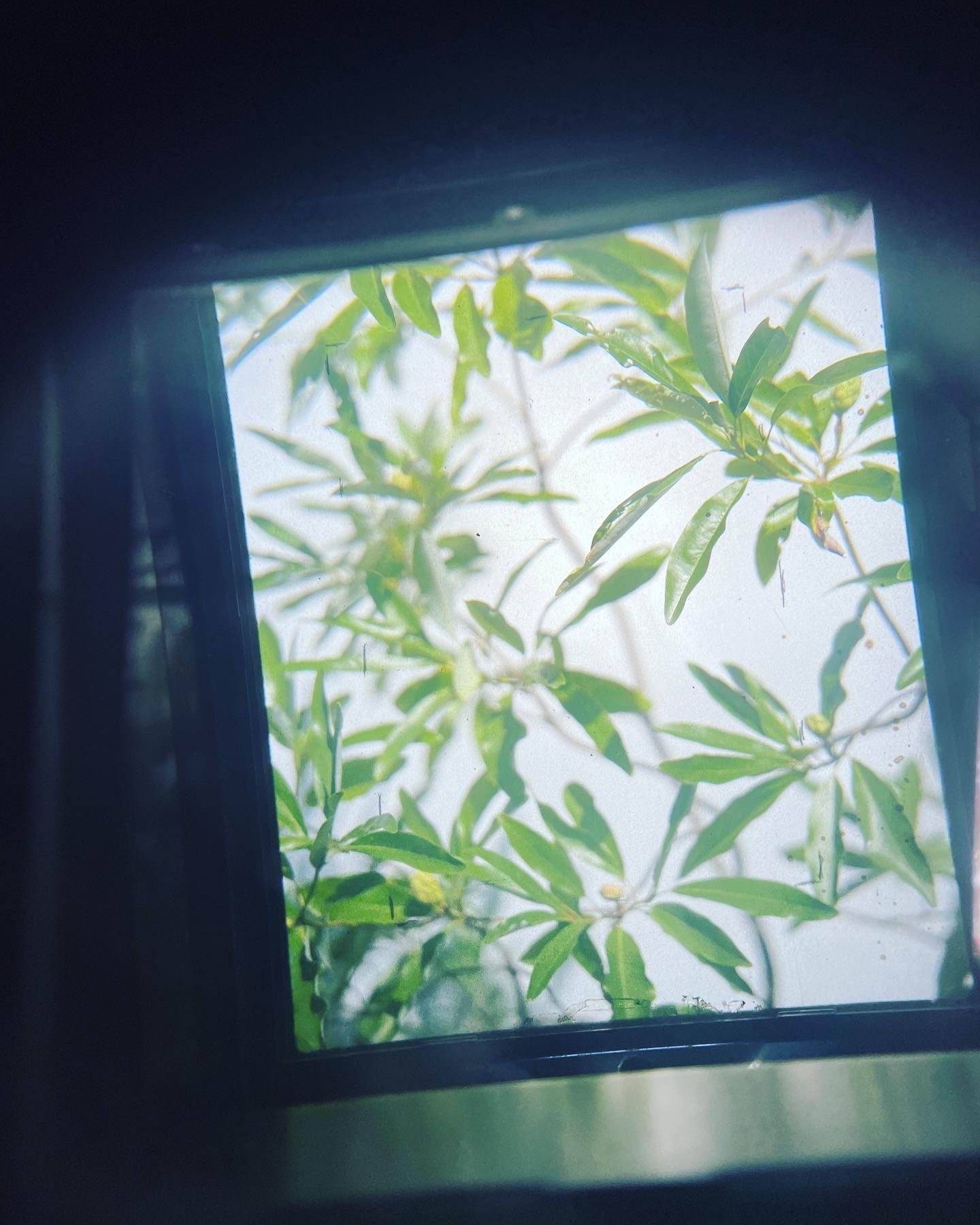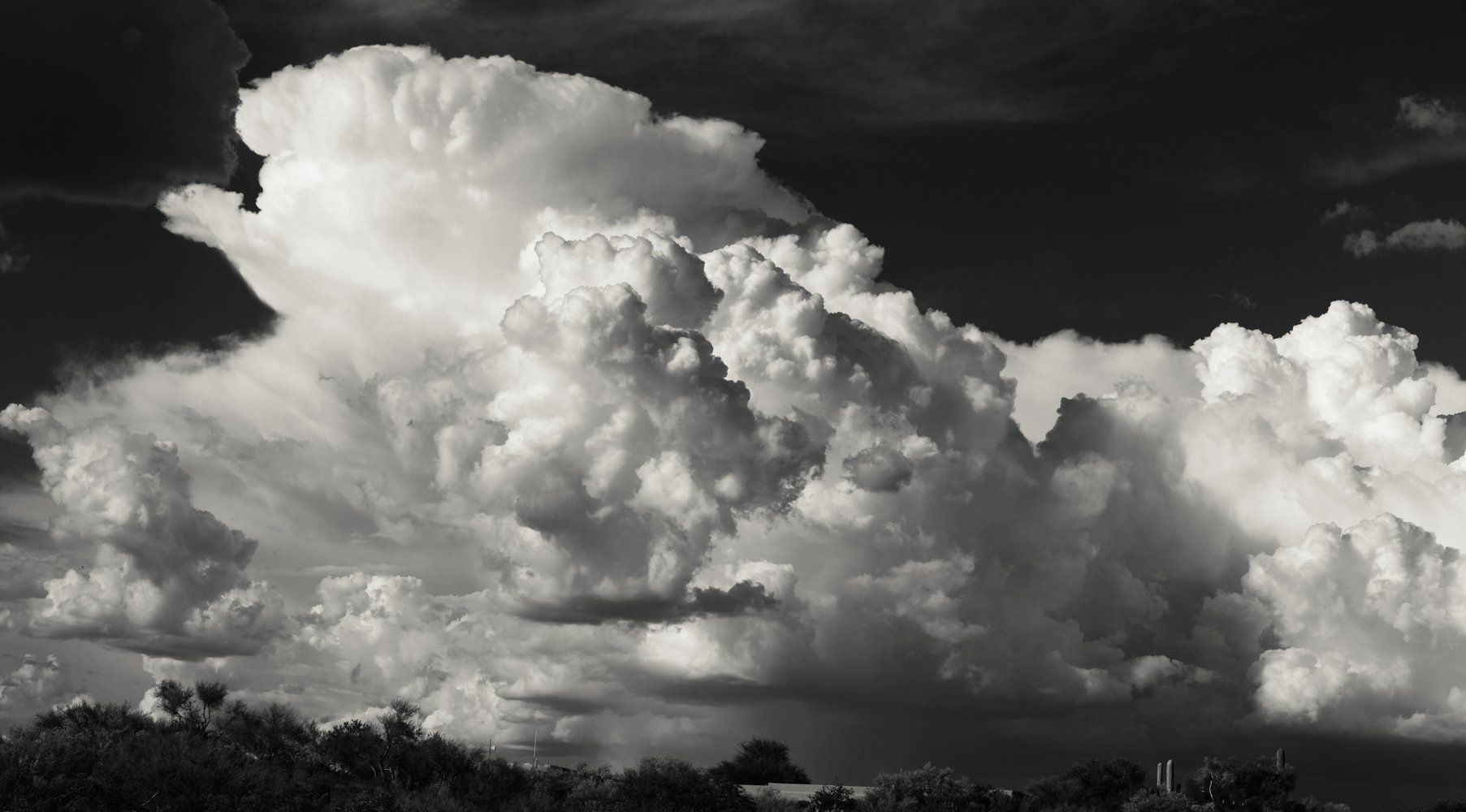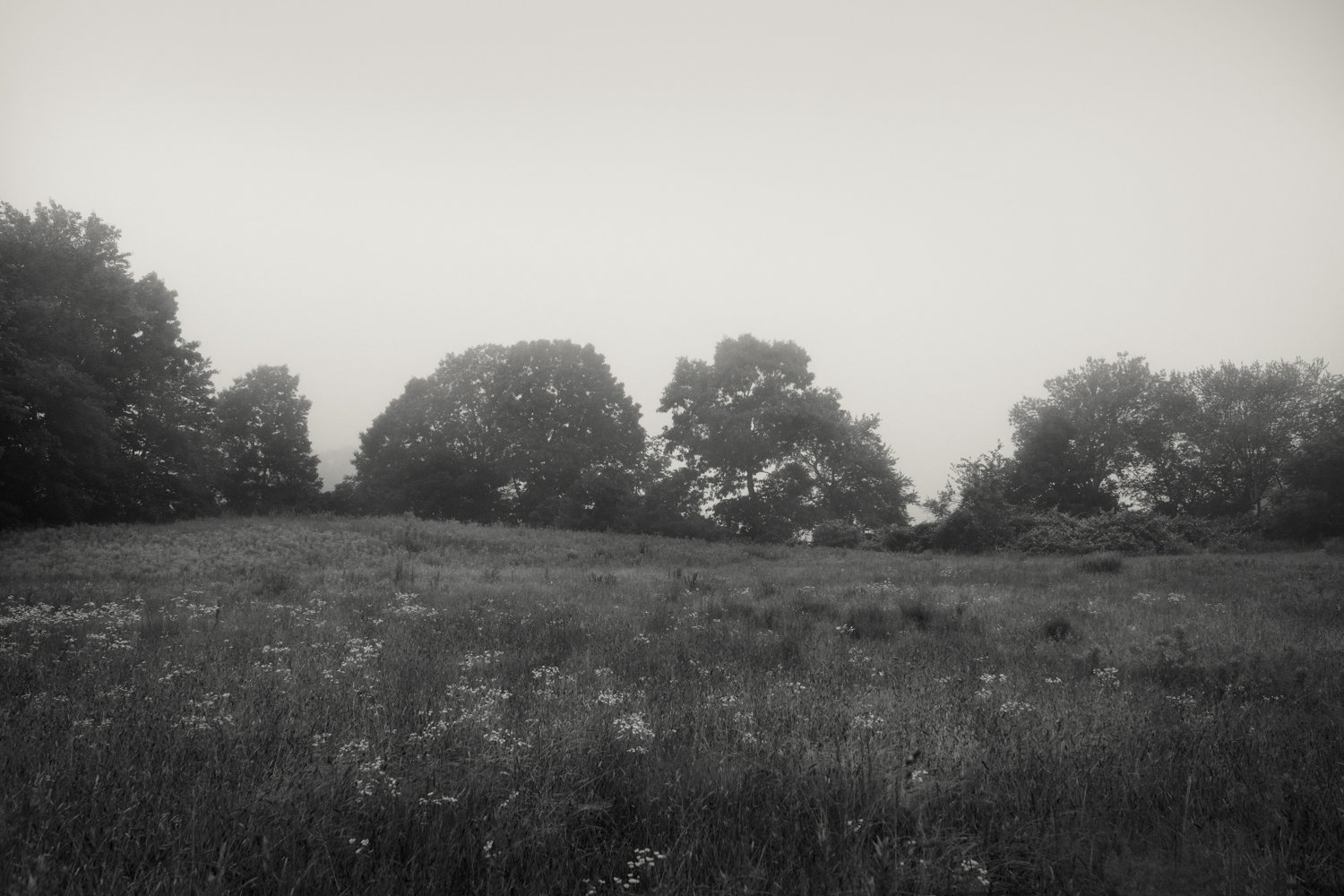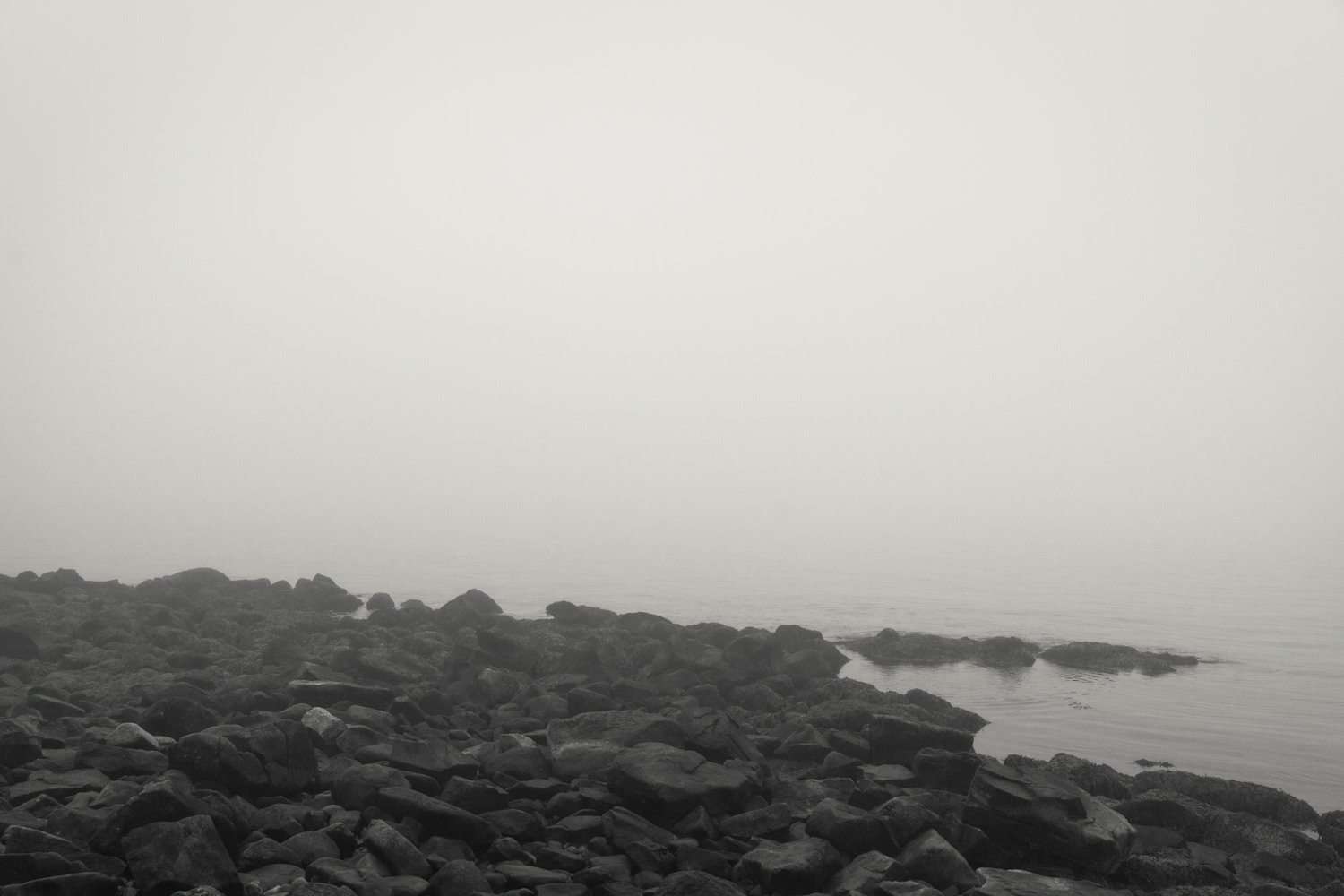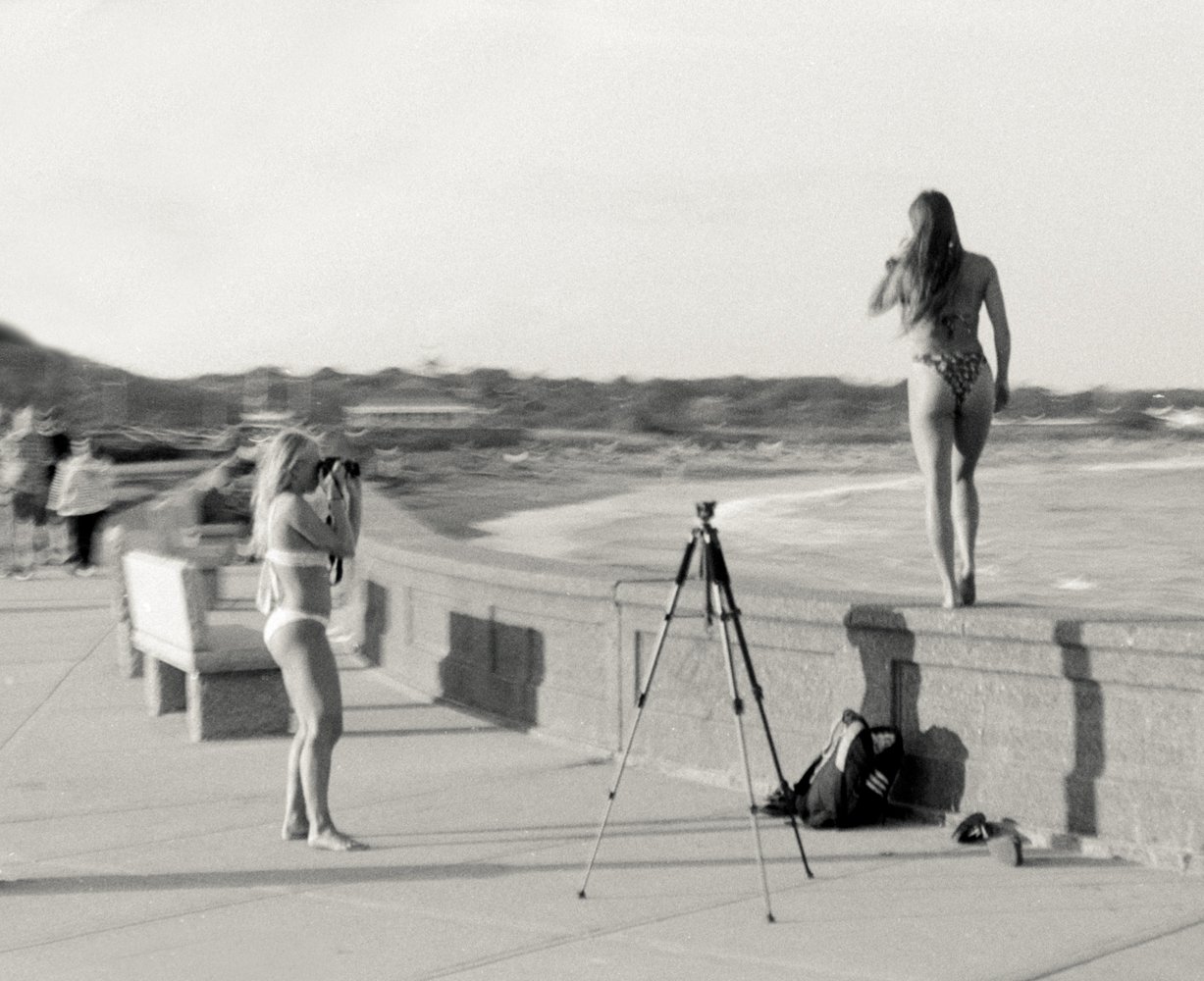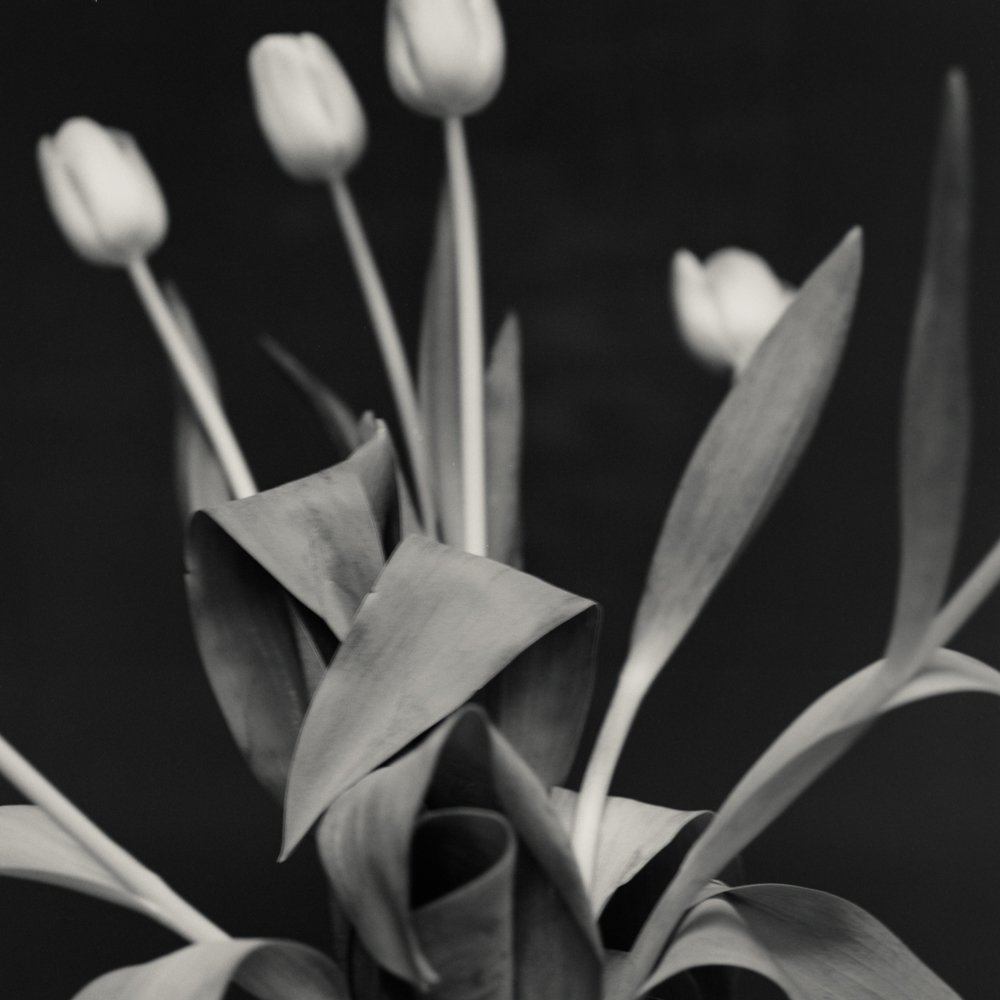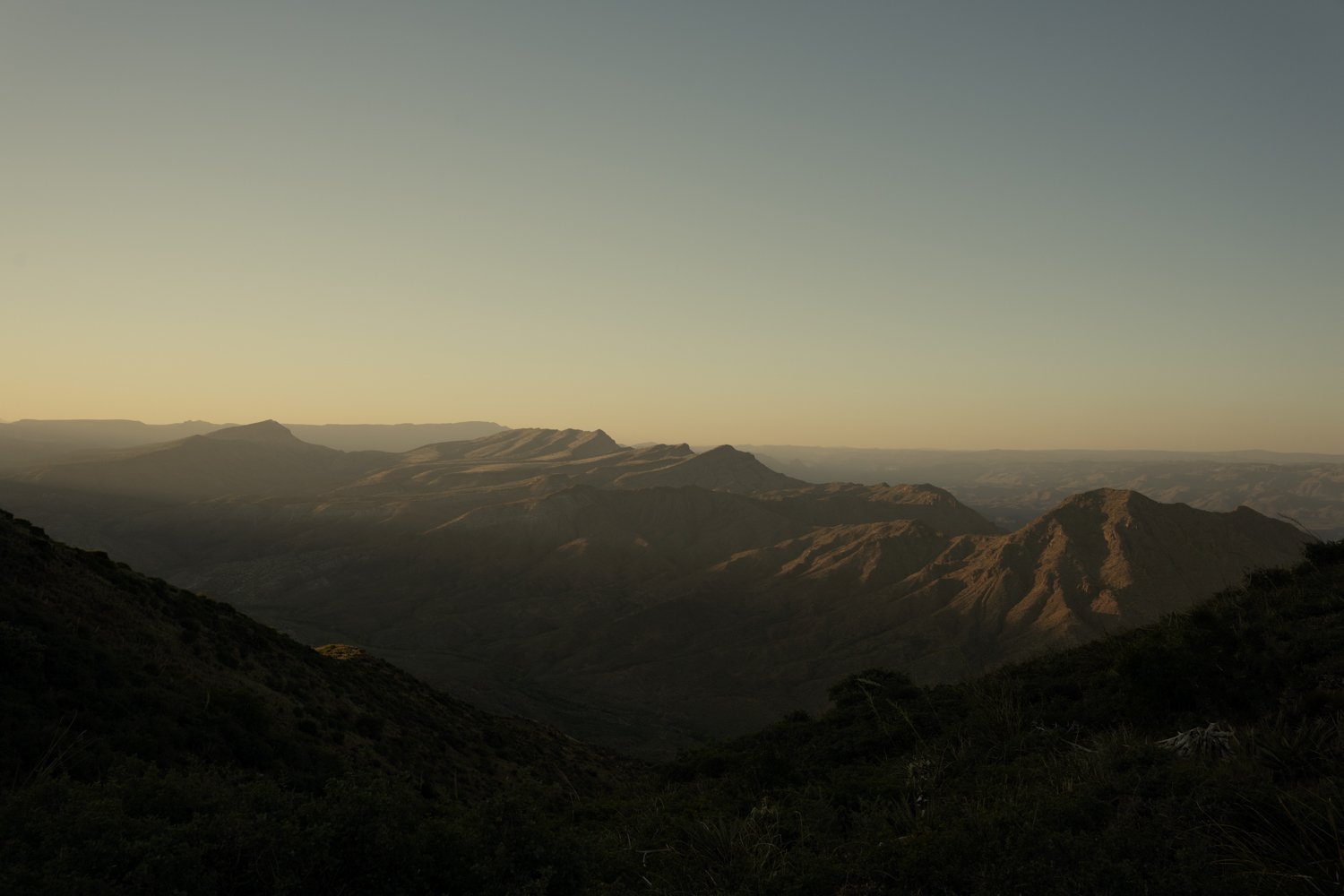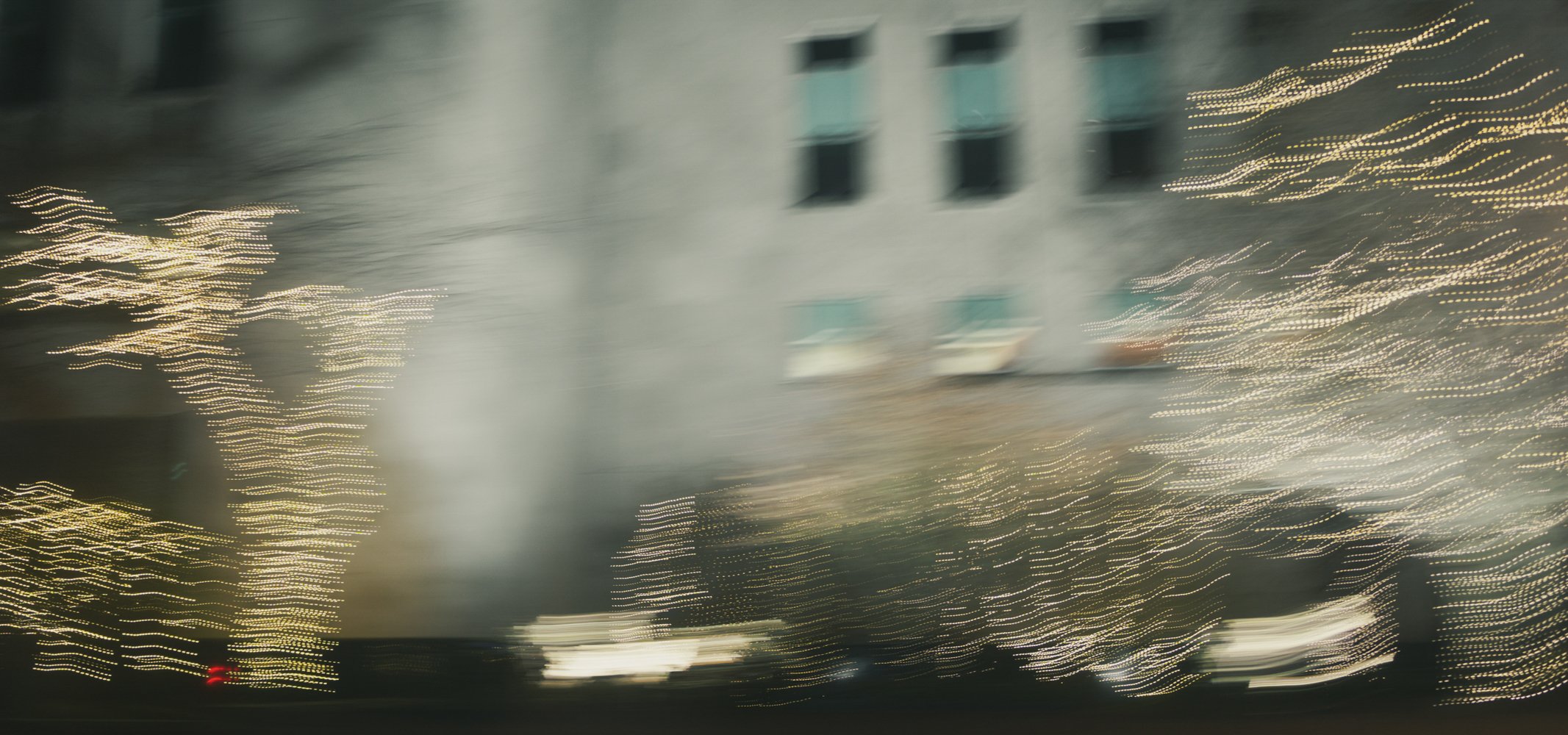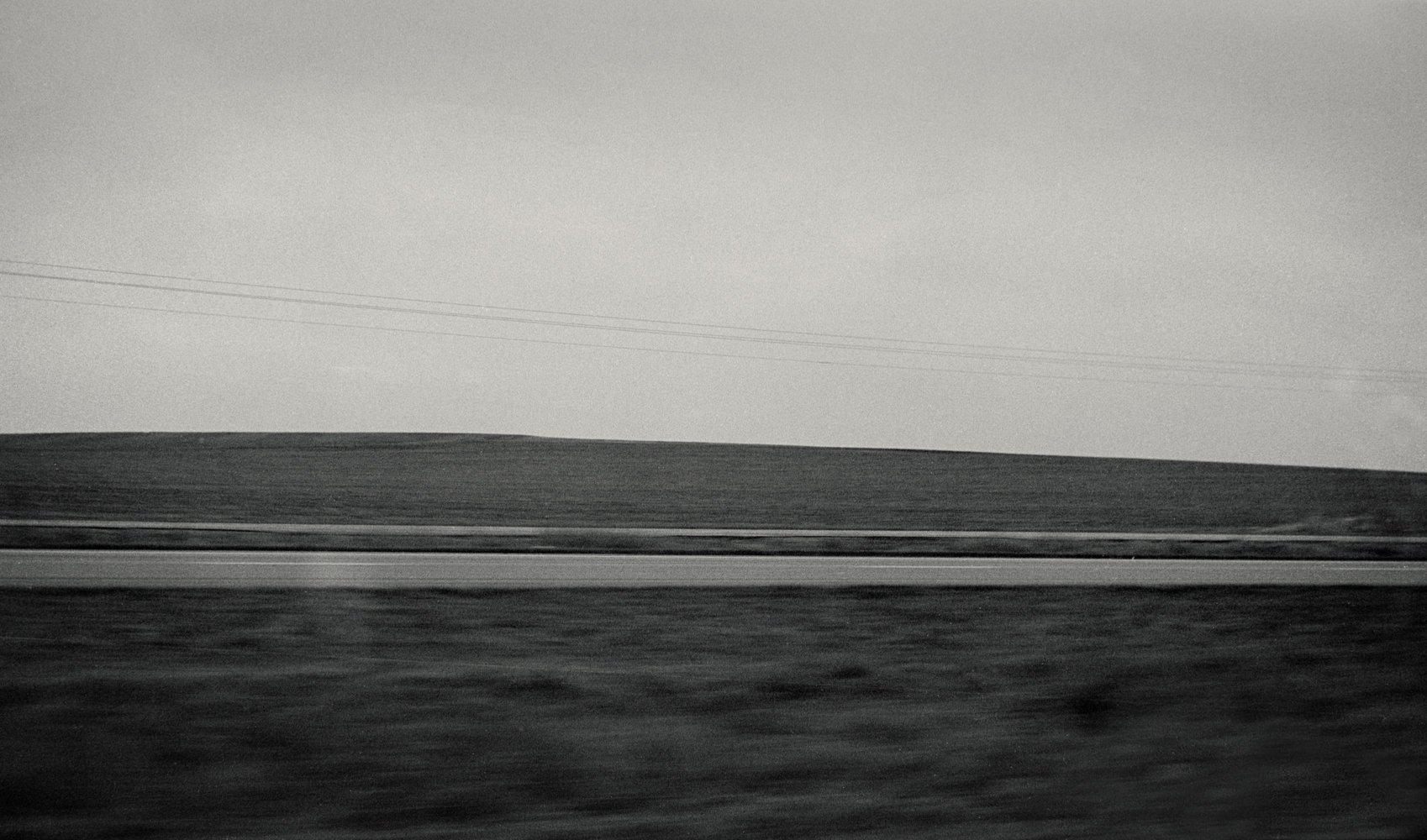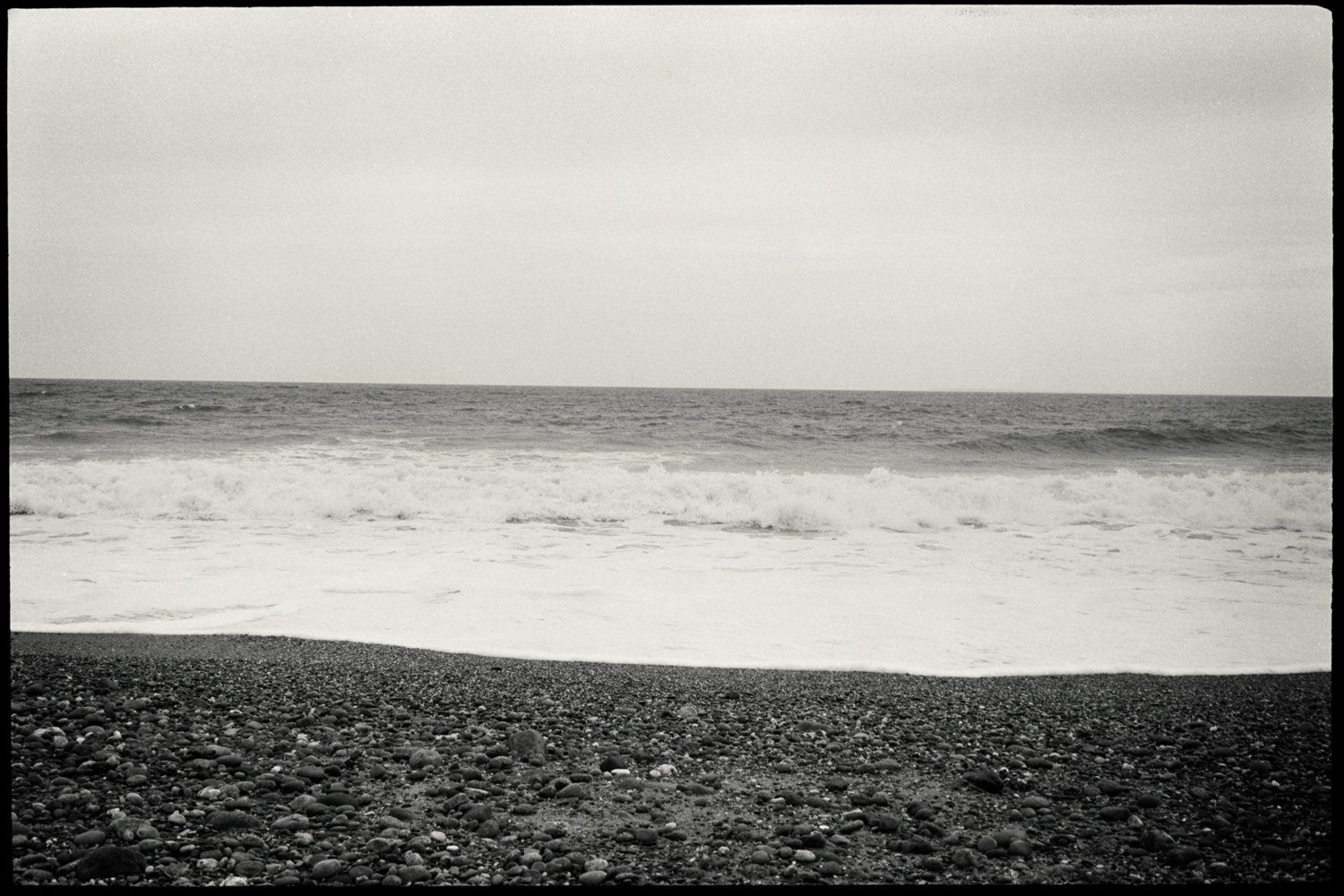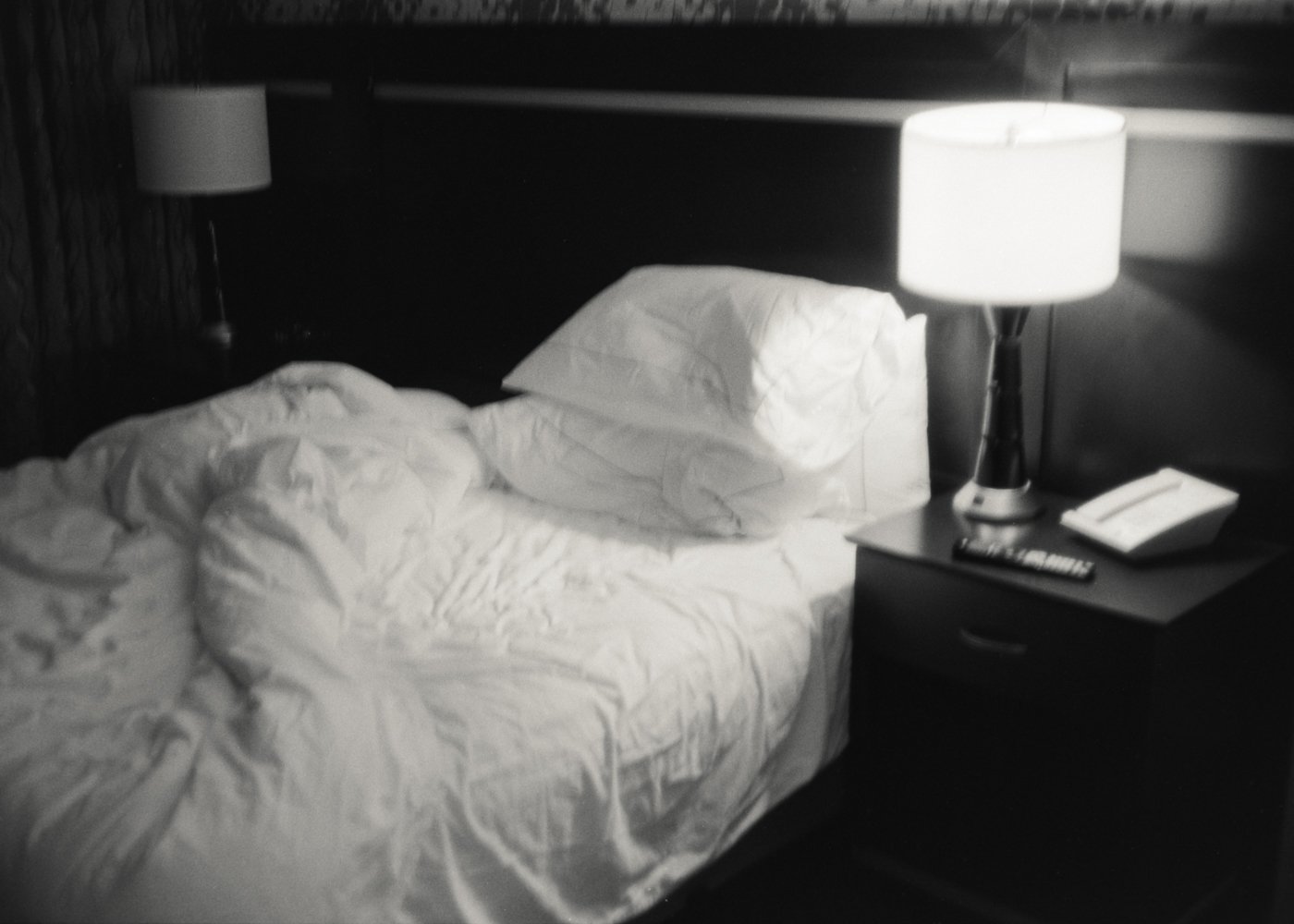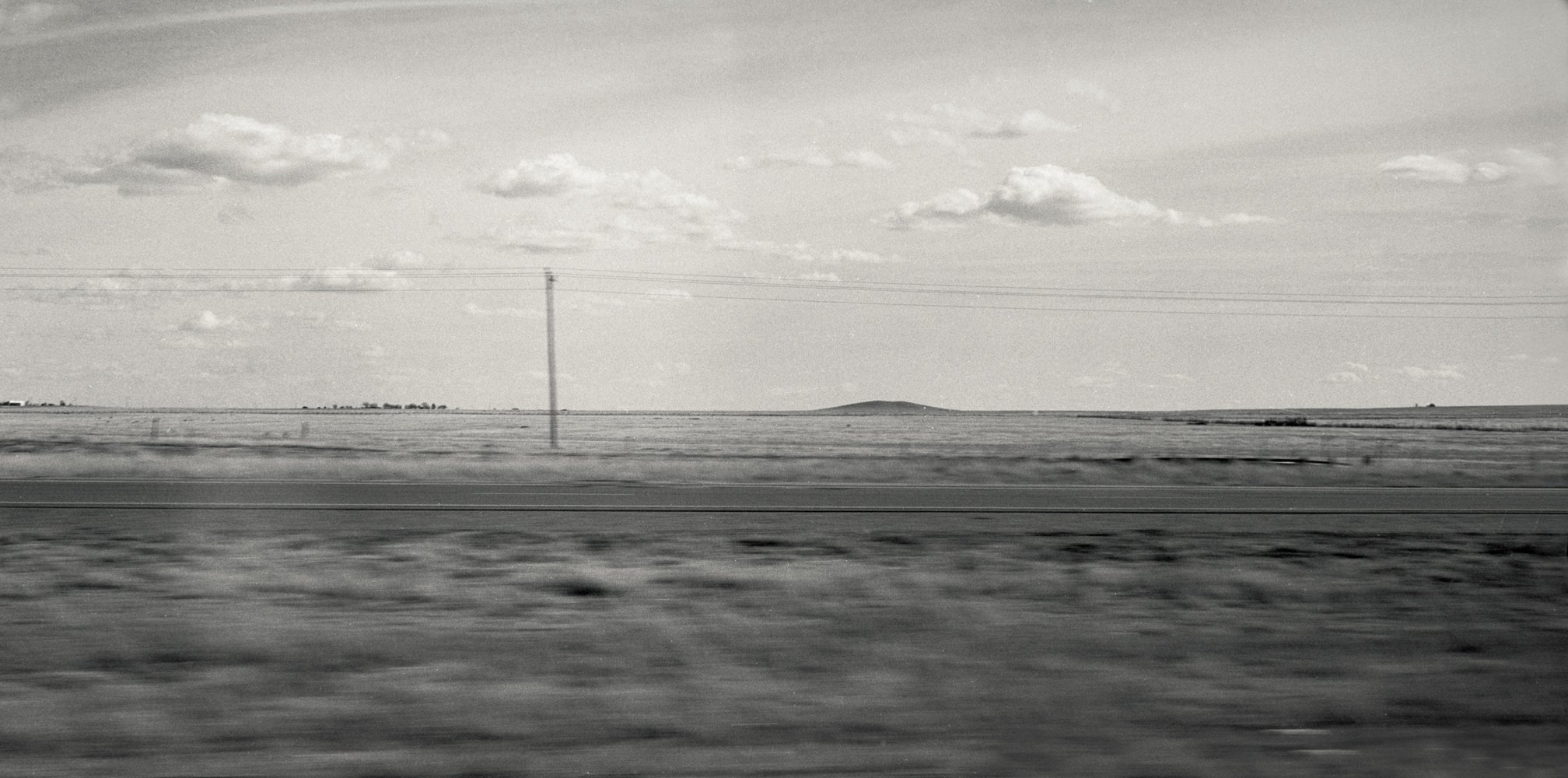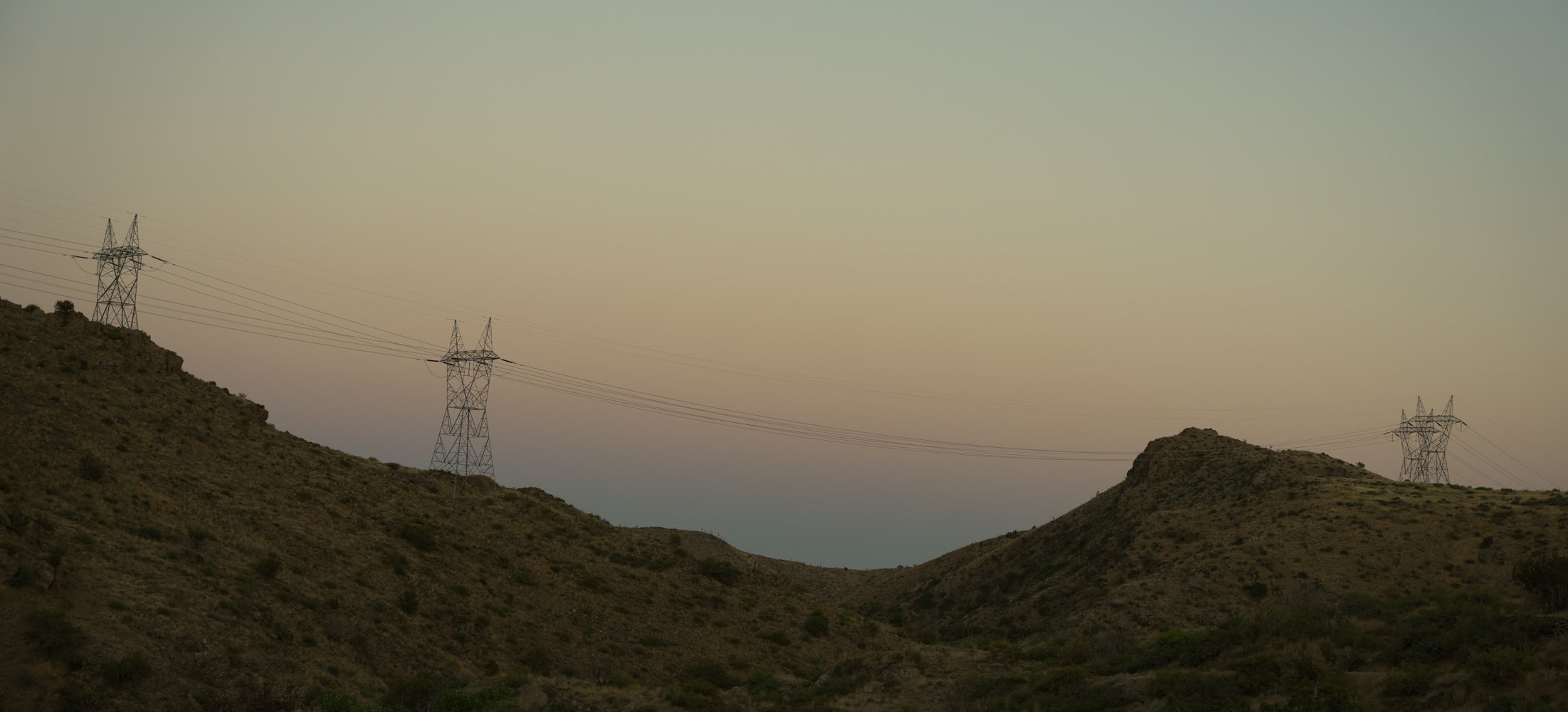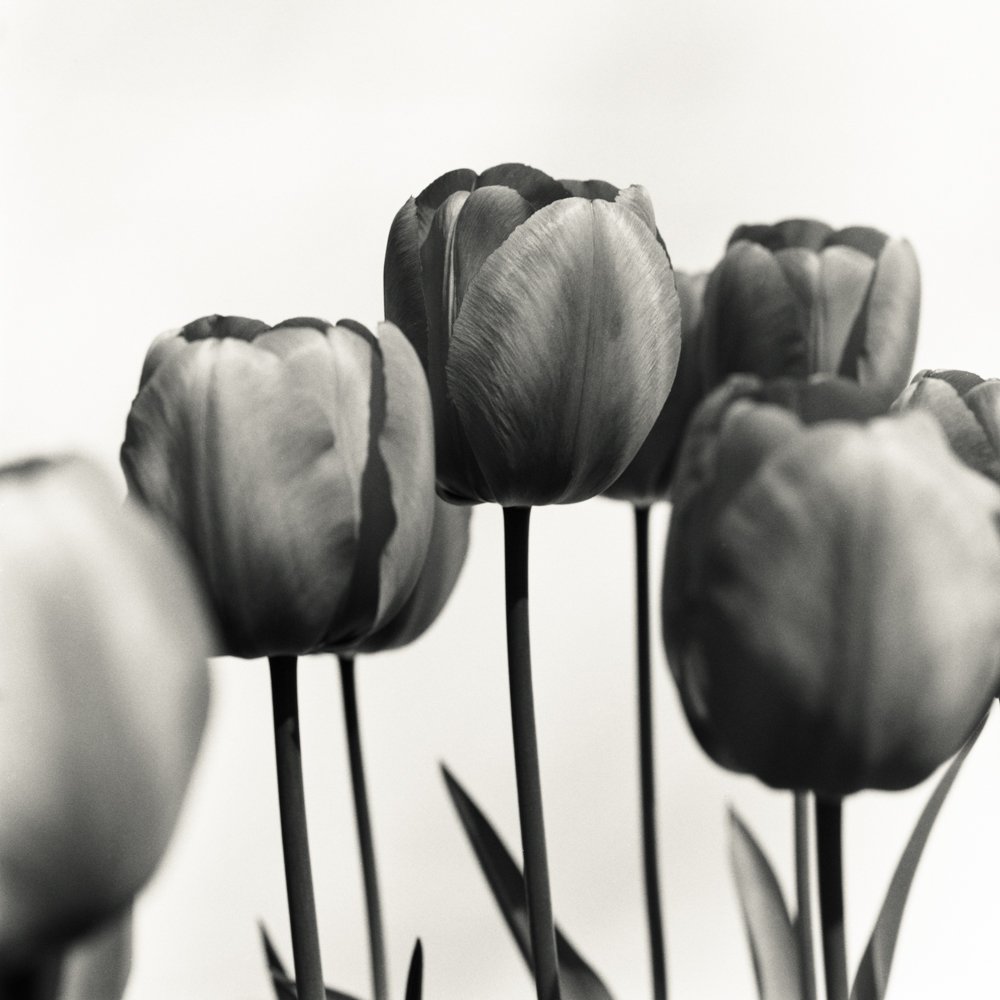If you want to have a solid creative practice, get your sleep. My dad was right about this. He was right about a lot of things I don’t like admitted. The younger me, who didn’t want to miss out on anything, thought sleep was the enemy. Turns out, I was wrong. Sleep is your friend.
Here’s what happens if I don’t get enough sleep:
I’m not focused
I’m a little depressed all the time.
My productivity is severely limited.
I eat too much, which increases brain fog.
I’m irritable in every sense of the word.
I’m tired (duh)
Sleep is one of those things we have to do, but wish we didn’t. My creative practice is severely limited by my lack of sleep. The image of the weary artist, toiling away, fueled only by black coffee and a passion for “the work” has to be dispelled. It didn’t work then and it doesn’t work now.
Mental illness, or neuro-divergency gets romanticized a lot in the art world. Addiction, depression, anxiety bi-polar, ADHD, etc are not these magic bullets to an inner realm of creative thought. These maladies often are the things standing in the way of great work, when left untreated. My struggles with some of these conditions prove this. When I’m not taking care of myself physically and mentally, I’m not productive. Those gifts lay dormant.
I’m not saying a good night’s sleep is a cure-all, but it’s a big part of the solution. During sleep, my brain is cleaning out the cache from a days worth of functioning. I need that space to be clean to be able to focus on the work I want to do. I want to take on big ideas.
When I can’t work, I get anxious. When I get anxious, I can’t sleep. When I can’t sleep, I can’t work. When I can’t work, I get anxious.
Let’s not forget the power of dreaming. When the sleep cycle is interrupted, dreaming gets messed up too. That’s not good for a creative person.
A lot of solid scientific studies support good sleep hygiene. All I need to know is when I’m well rested, I feel like working and when I’m tired, I peck away at things. Being tired is not a badge of honor and being well rested is not a sign of laziness or lack of work.
I never used to take naps or “meditate”, but now I do. During the day, I set the timer for 30 minutes, put on a weighted blanket, listen to some space music on noise cancelling headphones, and wake up refreshed. Making time for doing nothing is a great way to get something done. Life is full of contradictions. To be more active, rest.
My friend Qarie told me a story about two lumberjacks in a contest to chop down a tree. The first lumberjack just whacked away at the trunk while the other would chop for a little bit, walk away, and come back to the task. Both lumberjacks finished at the same time. The first one asked what the other one was doing when they walked away. “While you were chopping away, I went to sharpen my axe.”























































































